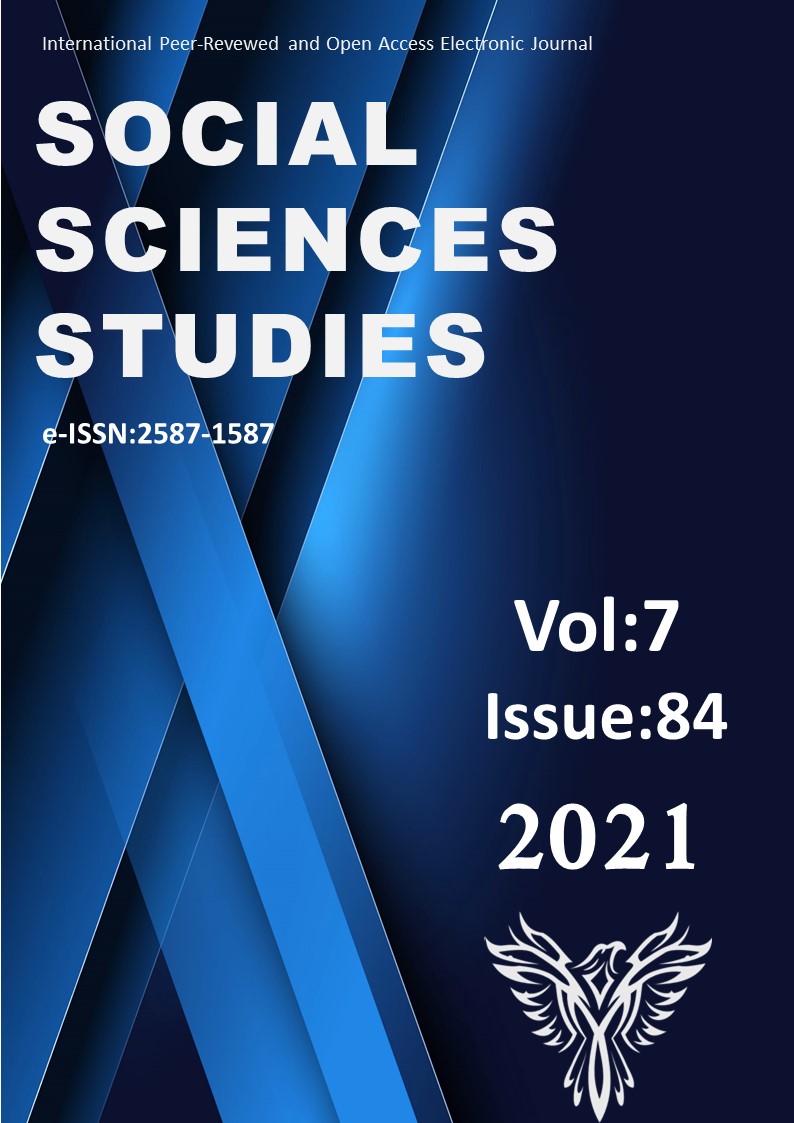Author :
Abstract
Öğrencilerin okulda öğrendikleri matematik bilgi ve kavramlarını günlük yaşamda kullanmalarını sağlamak matematik eğitiminin en önemli görevlerinden birisidir. Bu çalışmanın amacı, ilkokul 4. sınıf öğrencilerinin matematik dersinde gördükleri kavramları, bilgi ve matematiksel dili günlük yaşamlarında kullanma durumlarını belirlemektir. Araştırmanın çalışma grubu amaçlı örneklem yöntemi çerçevesinde tipik durum örnekleme tekniği ile belirlenmiştir. Bu bağlamda araştırmanın çalışma grubu 4. sınıfta eğitim gören 51 öğrenciden oluşmaktadır. Araştırmada verilerin toplanması amacıyla çocukların günlük yaşam içindeki matematik farkındalığını belirlemek için bir gün içinde mutfakta ve alışverişte kullanılan matematiği anılarıyla birleştirerek yazmaları istenmiştir. Elde edilen dokümanlar içerisinde yapılan inceleme işleminin ardından alışveriş temasından 27 doküman ve mutfak temasından 34 doküman analiz işlemine tabi tutulmuştur. Buna göre günlük yaşamda matematik dilinin kullanımına yönelik beş farklı tema elde edilmiştir. Temalardan elde edilen frekans değerleri incelendiğinde öğrencilerin matematik dilini günlük yaşamda kullanma durumlarına uygun olup bazı öğrencilerin anılarında hiçbir matematiksel ifadeye yer vermediği belirlenmiştir. Ayrıca elde edilen dokümanlar stil, ifade ve dil bilgisi açısından analiz edilmiş; öğrencilerin çoğunun uygun olmayan ifadeler kullandıkları görülmüştür.
Keywords
Abstract
One of the most important tasks of mathematics education is to enable students to use the mathematics knowledge and concepts they have learned at school in daily life. The aim of this research is to determine the concepts, knowledge and use of mathematical language in their daily life by primary school 4th grade students. The study group of this research has been determined by the typical case sampling technique within the framework of purposeful sampling method. In this context, the study group of this research consists of 51 students studying in the 4th grade. In order to collect data, children were asked to write a day, combining the mathematics used in the kitchen and shopping with their memories, in order to determine the mathematics awareness of the children in daily life. After the examination of the documents obtained, 27 documents from the shopping theme and 34 from the kitchen theme have been analyzed. Accordingly, five different themes were obtained for the use of mathematical language in daily life. When the frequency values obtained from the themes have been examined, it is determined that they are suitable for students' use of mathematics language in daily life, and some students did not include any mathematical expression in their memories. In addition, the documents obtained have been analyzed in terms of style, expression, and grammar. It has been observed that most of the students use inappropriate expressions.





